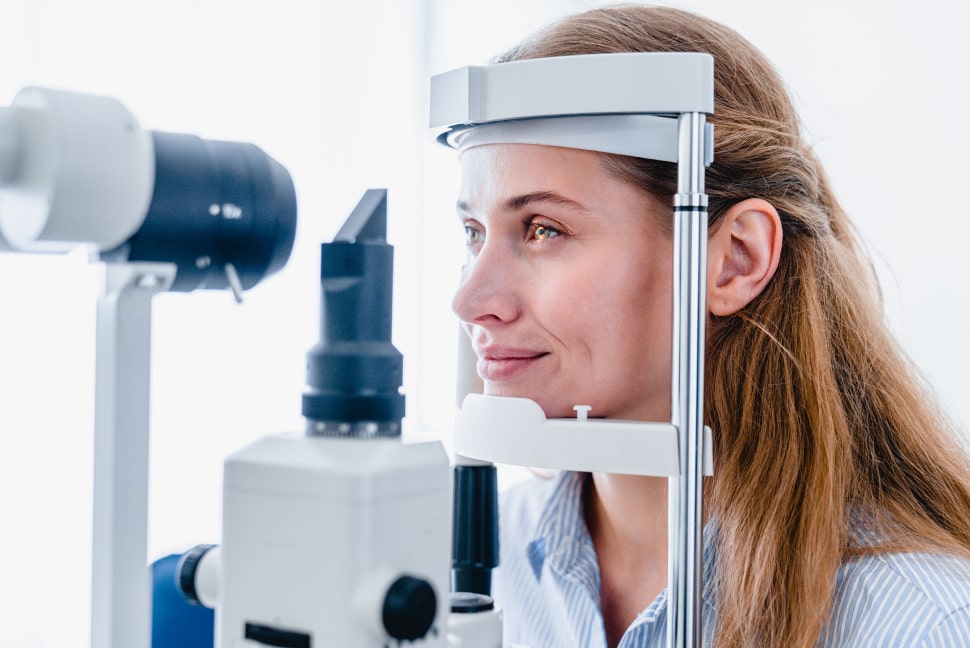
Introduction
Diabetes is a pervasive health issue that affects millions globally, and its impact on vision is significant and potentially devastating. A diabetic eye exam is a specialized process designed to identify and manage the ocular complications of diabetes, which can lead to serious conditions such as diabetic retinopathy, glaucoma, and cataracts. This article delves into the intricacies of a diabetic eye exam, distinguishing it from regular eye exams, and underscores its critical role in preserving the ocular health of individuals with diabetes.
The Diabetic Eye Exam Explained
A diabetic eye exam is an extensive assessment that goes beyond the scope of a standard eye check-up. It is tailored to detect the early signs of eye conditions that are more prevalent or exclusive to individuals with diabetes. Here’s what it typically involves:
- Pupil Dilation: Essential for a thorough examination, pupil dilation is achieved through eye drops that widen the pupils, allowing the eye doctor to observe the retina and its blood vessels more clearly.
- Fluorescein Angiography: This diagnostic procedure involves the injection of a fluorescent dye into the bloodstream. The dye illuminates the blood vessels in the eye under a special camera, revealing any damage or abnormality.
- Optical Coherence Tomography (OCT): OCT provides high-resolution cross-sectional images of the retina. It’s instrumental in detecting structural changes, including any swelling or fluid accumulation indicative of diabetic retinopathy.
- Glaucoma Test: Often included in the diabetic eye exam, this test measures the intraocular pressure, helping to identify the early stages of glaucoma, a condition that can lead to blindness if left untreated.
- Vision Test: Standard in all eye exams, this test evaluates the clarity of vision at various distances. For diabetics, it’s crucial to monitor any vision changes that could signal underlying eye issues.
The Distinctive Nature of Diabetic Eye Exams
While there are similarities between diabetic and regular eye exams, the former places a heightened emphasis on examining the retina and its blood vessels. The reason is simple: diabetes can lead to diabetic retinopathy, where blood vessels leak or grow abnormally, potentially leading to blindness. Therefore, the diabetic eye exam is more detailed and focused on the areas most affected by diabetes.
When to Schedule a Diabetic Eye Exam
The timing and frequency of diabetic eye exams are pivotal for early detection and management of eye conditions. Here’s a general guideline:
- Type 1 Diabetes: Within five years of diagnosis.
- Type 2 Diabetes: Immediately after diagnosis due to the possibility of undetected retinal damage.
- Pregnant Women with Diabetes: Within the first trimester and a follow-up postpartum.
After the initial exam, annual follow-ups are recommended. However, if any changes are detected, more frequent monitoring may be necessary.
Conclusion
A diabetic eye exam is a critical component of diabetes management. It’s a proactive measure to prevent the severe consequences of diabetic eye diseases. By understanding what this specialized exam entails and adhering to the recommended schedule, individuals with diabetes can significantly reduce their risk of vision loss and maintain their quality of life.
Visit Texan Eye
To learn more about this treatment, check out the services we have available.
